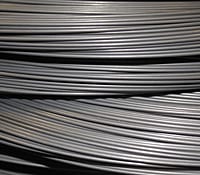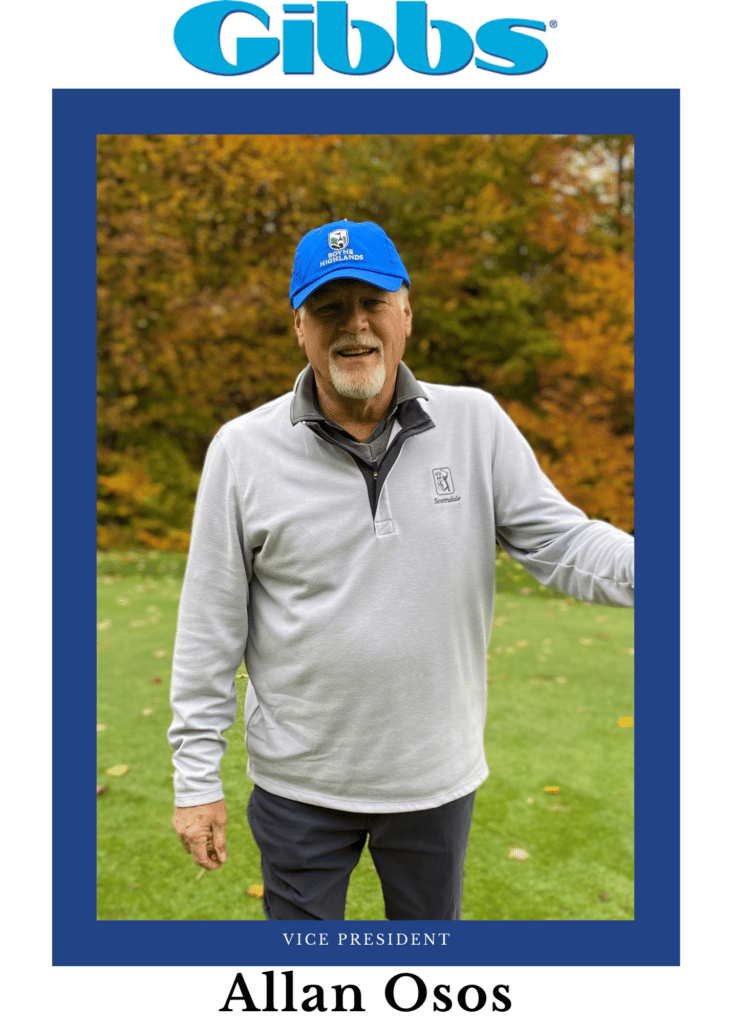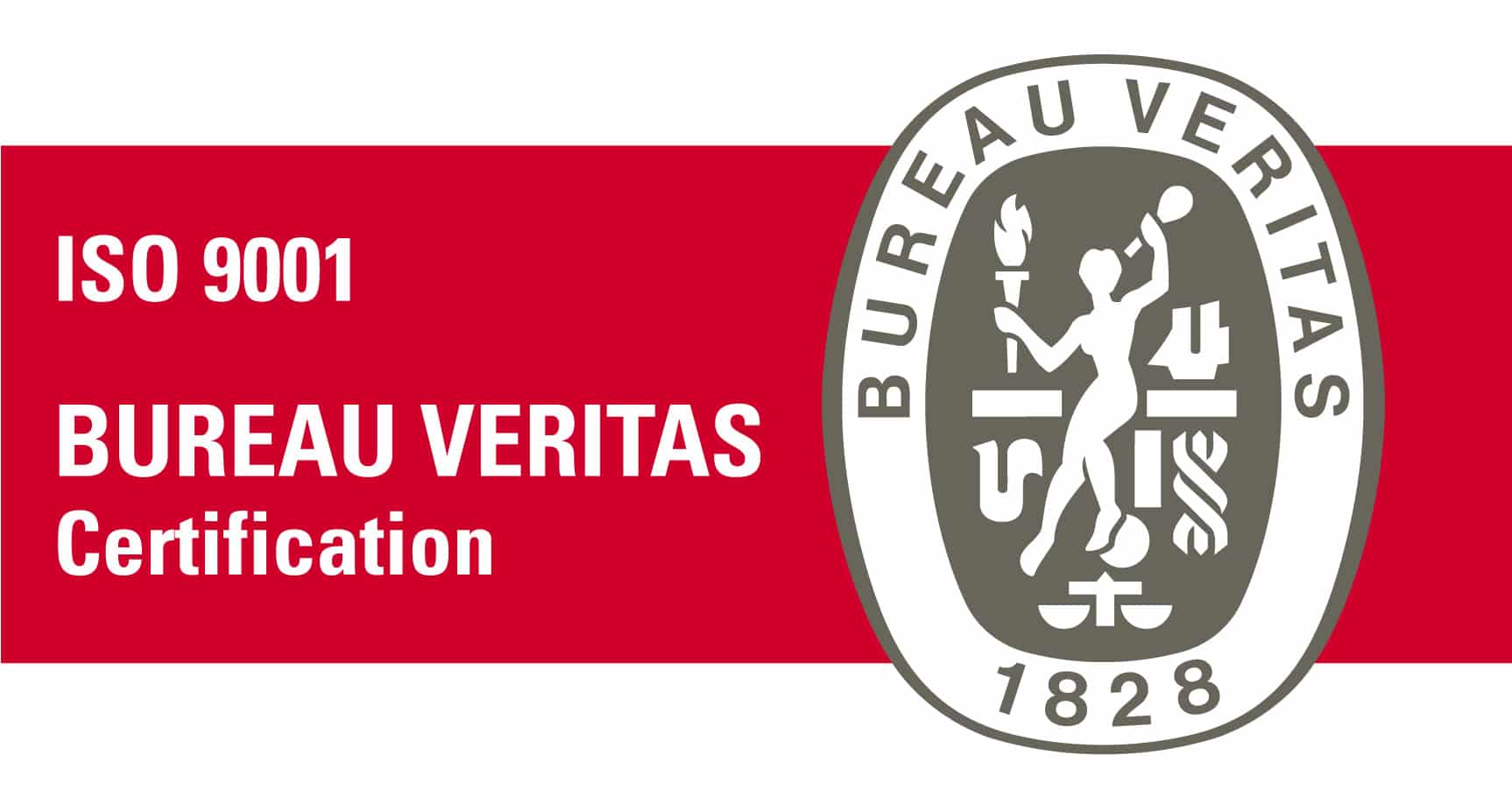Great springs come from high quality wire.
Gibbs Interwire understands your critical need for quality, and we’re proud to say customers have been coming to us for their quality wire needs for more than 65 years!
But what makes a great quality wire product? How do we ensure we’re supplying the quality you need?

To find out, we asked one of our in-house experts, Vice President, Allan Osos.

A Little about Allan…
Many, many years ago I started out my wire career as a wire drawer/annealer at The National Standard Company. I worked in the shop for a couple of years as I finished my college degree by going to night classes at IUSB.
I then started my sales career as a customer service rep, going on to hold various positions at NS, including product specialist; product manager; regional sales manager and lastly division manager of our specialty wire products group. At NS we had a great technical center where I worked closely with their technical group in trying to improve the quality of our spring wire.
After 20 years at NS, I then had the experience of losing my job due in the middle of my career due to a huge reduction in force. I remember everyone telling me not to worry, these things typically work out for the better. For me it turned out great- I landed an outside sales rep position at Gibbs Interwire. I have now spent 21+ years with Gibbs Interwire and it has been a true pleasure for working at such a wonderful company.
Allan, what makes a great quality wire product?
To me that can be answered simply and in one word….CONSISTENCY.
However, manufacturing consistent wire isn’t easy. To keep the wire consistent, you need to control numerous characteristics.
I’ll break that down into 3 key characteristics.
The Three Key Wire Characteristics Necessary to Provide Consistent Spring Wire
- Control the diameter of the wire. At the spring coiler, most springs these days are coiled on a coiling point, much like how one would curl a ribbon with scissors. Wire hits the point and coils. If the diameter of the wire varies, the spring coil will most likely vary as well. Spring makers also try and hold various characteristics of the springs: free length of the spring, ID and OD of the spring and the pitch. Rejections from spring manufacturers often state that they can’t hold free length or ID varies. Diameter inconsistencies could be the cause.
- Control the consistency of the wire coating. With certain types of wire, controlling the consistency of the coating is most important, especially on the stainless side. Common rejections are often due to complaints of hard and soft spots. Any wire salesperson has heard about this type of rejection. When you hear about hard and soft spots, you would certainly think that the hardness or the tensile of the wire is varying causing the springs to vary. Sure, that could happen I suppose, but considering the processing of wire, something real crazy would need to happen in to have this type of effect. One just does not see tensile varying enough that it could cause spring variation. My thinking is much more in line with the potential of the coating varying, making it feel like hard and soft spots at the coiling point. Consider soap coating on stainless spring wire. Soap coatings vary between mills, but basically the soap coating is made up a non-metallic coating that is put on at a process size, plus the die soap used during the drawing stage. So in my opinion, it is more difficult to control the consistency of the soap coatings simply due to the process. This is why a lot of spring coilers prefer the nickel coated product versus the soap coat, especially in the finer diameter sizes (under .040”). Nickel is not a good lubricant, but it does help to keep the coating more consistent during the wire drawing and spring coiling processes.
- Control of cast and helix of the spring wire. This is another wire characteristic very important at the spring coiler, especially if coiled on a point. Back in my NS days, we spent a lot of time testing coils of wire that ran well versus coils of wire that saw variation at the spring coiler. I remember tearing a coil apart every 2 lbs to check the cast and helix. One set of coils was produced by a Japanese competitor and one set was produced at NS. The competitor’s wire was nickel coated; our wire was copper coated. Throughout the coil, our competitor’s coils did not vary at all in cast and helix. Our coils had extreme variation. I think what happens if the cast or helix varies enough during the spring coiling process, it will vary its angle into the coiling point, causing the actual coil to vary. So, it is not so much what the cast and helix measures at the start of the coil, but whether it stays consistent throughout the coil.
To sum, controlling the consistency of the wire diameter, wire coating, and the wire’s cast and helix will result in a pretty high quality spring wire product!
-Allan Osos, Vice President, Gibbs Interwire & Steel LLC
Gibbs Interwire knows quality wire.
Gibbs Interwire maintains long-term relationships (since 1956!) with the highest quality wire mills. We invite you to contact us and let us show you how our wire can improve your products and processes.
Gibbs Interwire Capabilities
0.001” to 0.875” (0.0254mm to 22.225mm)
Carbon Steel Music Wire
Phosphate Coated Music Wire
Corrostan Electro Galvanized Zinc Coated
Preco Z – Zinc plated
Preco N Nickel coated
Carbon Steel Spring Wire
Oil Tempered MB Spring Wire(OTMB) Class I
Oil Tempered MB Spring Wire (OTMB) Class II
Oil Tempered Chrome Vanadium Commercial Quality
Oil Tempered Chrome Vanadium Valve Quality
Oil Tempered Chrome Silicon Commercial Quality
Oil Tempered Chrome Silicon Valve Quality
Hard Drawn Class I Spring Wire (HDMB)
Galvanized Hard Drawn MB Spring Wire (GHDMB)
Stainless Steel Wire
Alloy 20 Annealed – Tempered – Spring
302 Spring Wire
302 Nickel Coated Spring Wire
304 Spring Wire
304 Nickel Coated Spring Wire
316/316L Annealed – Tempered – Spring
321 Annealed – Tempered – Spring
347 Annealed – Tempered – Spring
17-7PH Spring Wire
17-7PH Nickel Coated Spring Wire
Nitronic 32 Annealed – Tempered – Spring
Nitronic 50 Annealed – Tempered – Spring
Nickel Wire Alloys
A-286
Hastelloy® B-3
Hastelloy® C-2000
Hastelloy® C-22
Hastelloy® C-276
Hastelloy® C-4
Hastelloy® X
Haynes® 214
Haynes® 230
Haynes® 242
Haynes® 263
Haynes® 282
Incoloy® 825
Incoloy® 925
Inconel® 600
Inconel® 601
Inconel® 625
Inconel® 718
Inconel® X-750
Monel® 400
Monel® K500
Nimonic® 90
Ni Span® C 902
Rene® 41
Red Metal Spring Wire
Phos Bronze Spring Wire
Super Austenitic
AL6XN®
25-6MO®
Duplex Alloys
Alloy 2205
Cobalt Alloys
Elgiloy®
MP35N
L605 (Haynes® 25)
Haynes® 188










